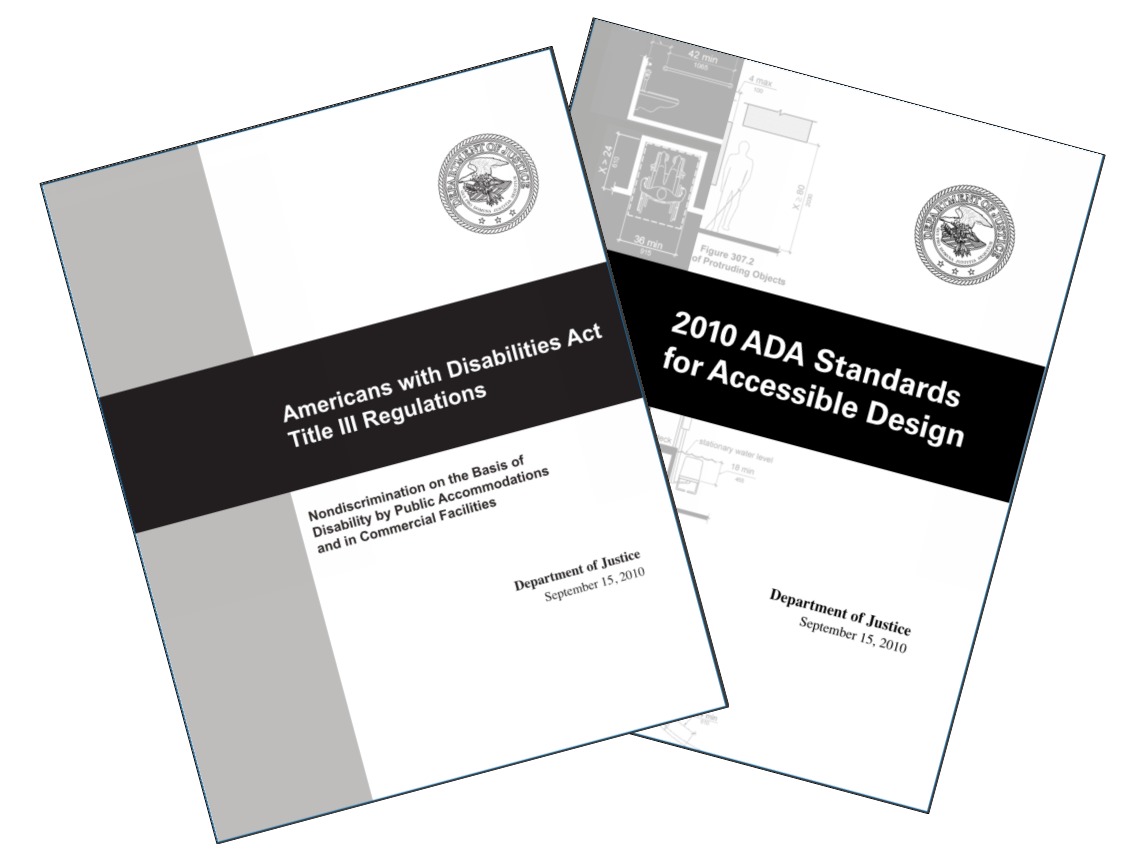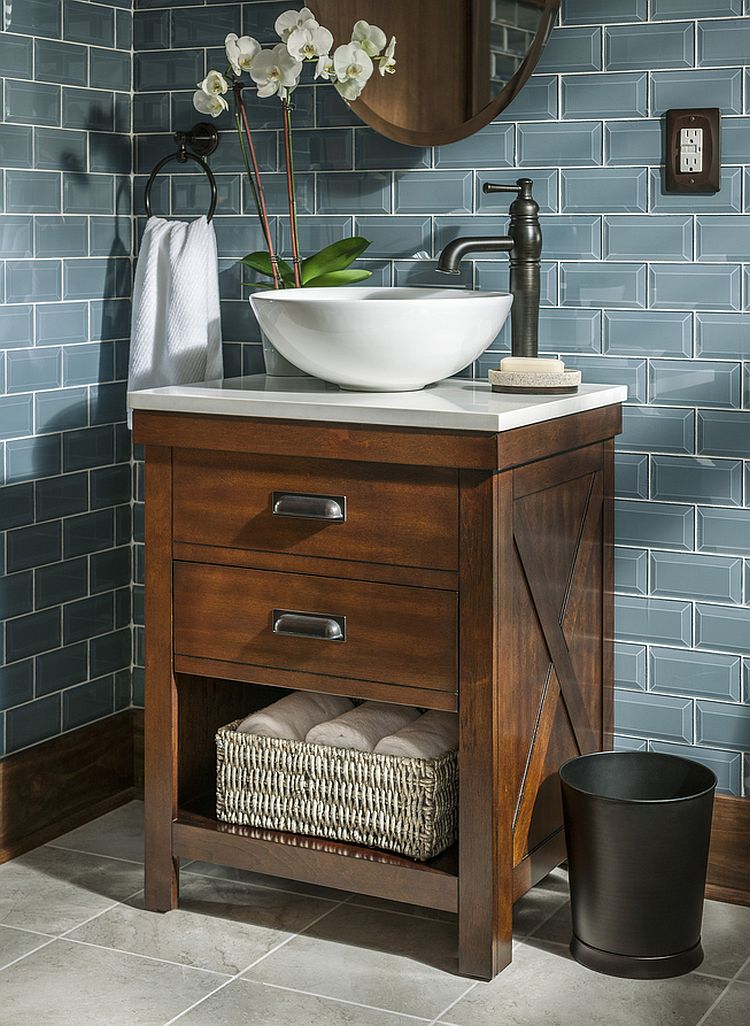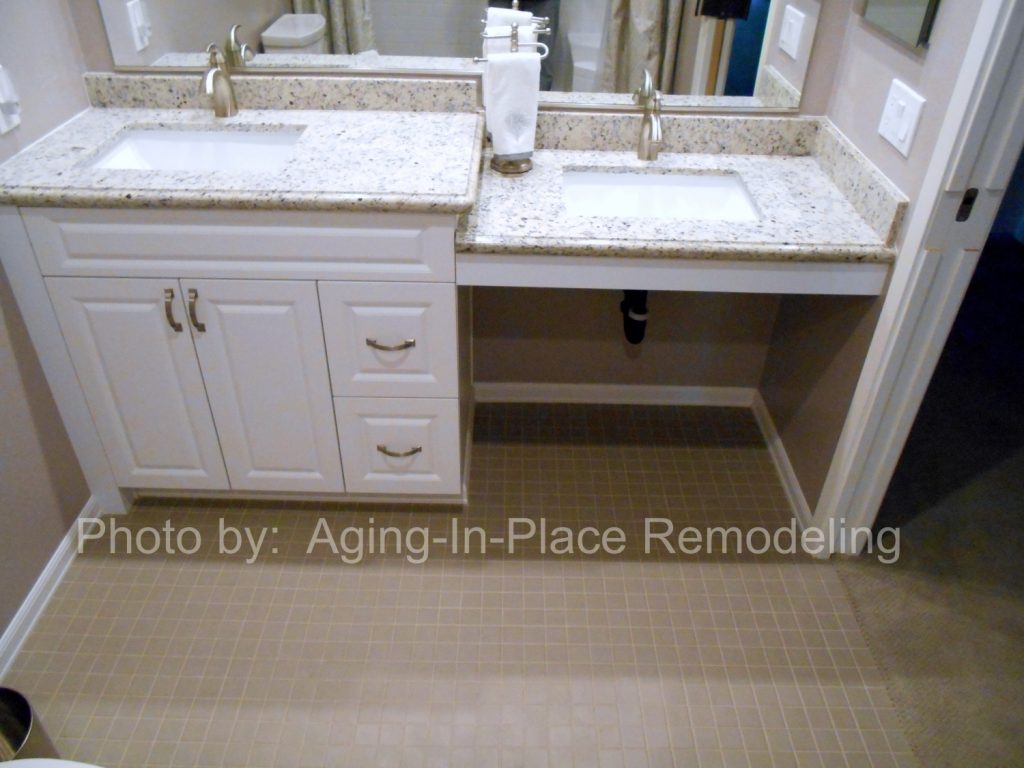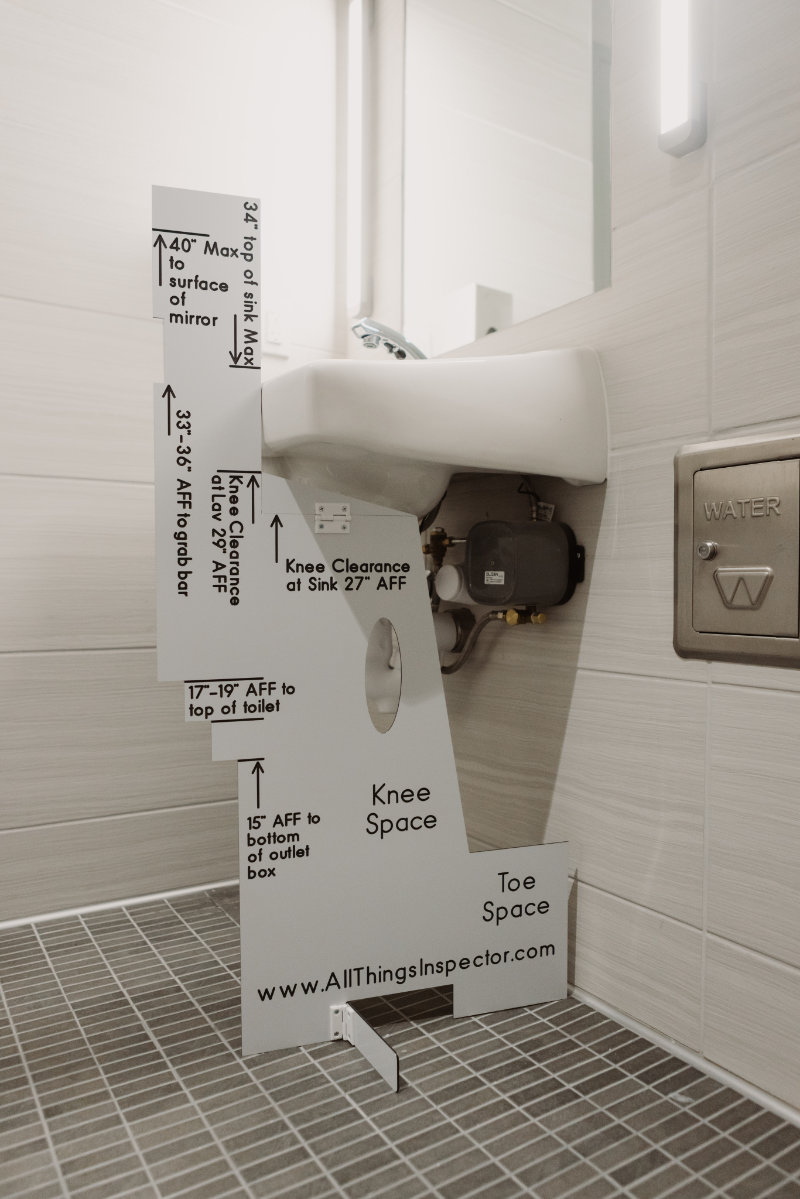ADA Standards for Accessible Design
The Americans with Disabilities Act (ADA) sets standards for building design to ensure that individuals with disabilities have equal access to public spaces. These standards cover everything from entrances and doorways to bathroom fixtures, including sinks. In this article, we will explore the top 10 ADA standards for bathroom sinks to help you make your bathroom more accessible for everyone.
Bathroom Sinks
Bathroom sinks are an essential part of any bathroom, providing a place to wash your hands, brush your teeth, and perform other grooming activities. When it comes to ADA compliance, there are specific requirements that must be met to ensure that the sink is accessible to individuals with disabilities.
ADA Compliant Bathroom Sinks
To be considered ADA compliant, a bathroom sink must meet specific guidelines set by the ADA. These guidelines cover everything from the height and dimensions of the sink to the clearance space required around it. By following these guidelines, you can ensure that your bathroom sink is accessible to everyone.
Accessible Bathroom Sinks
An accessible bathroom sink is one that can be used by individuals with disabilities without any barriers or difficulties. This includes individuals who use wheelchairs or have other mobility impairments. By making your bathroom sink accessible, you are promoting inclusivity and ensuring that everyone can use your bathroom comfortably.
ADA Bathroom Sink Requirements
According to the ADA, bathroom sinks must have a clear floor space of at least 30 inches by 48 inches in front of them. This space allows individuals using wheelchairs to maneuver and use the sink comfortably. The sink must also have a knee clearance of at least 27 inches high, 30 inches wide, and 11-25 inches deep.
Wheelchair Accessible Bathroom Sinks
For individuals who use wheelchairs, it is essential to have a sink that is at a proper height and has enough clearance space underneath. This allows them to comfortably reach the sink and use it without any barriers. ADA compliant sinks typically have a rim height of 34 inches from the ground, making it easier for wheelchair users to access.
ADA Bathroom Sink Height
The ADA requires bathroom sinks to have a rim height of no more than 34 inches from the floor. This height is suitable for individuals using wheelchairs as it allows them to reach the sink without any difficulties. The sink must also have a knee clearance of at least 27 inches high, making it easier for individuals to approach the sink while seated in a wheelchair.
ADA Bathroom Sink Dimensions
The ADA has specific guidelines for the dimensions of bathroom sinks to ensure they are accessible to individuals with disabilities. The sink must have a maximum depth of 6.5 inches, and the rim must extend at least 2 inches from the back and sides of the sink. The sink must also have a minimum width of 20 inches, providing enough space for individuals to use the sink comfortably.
ADA Bathroom Sink Clearance
In addition to the clearance space required in front of the sink, the ADA also has guidelines for the clearance space around the sink. The sink must have at least 9 inches of clearance above the rim and 29 inches of clearance underneath. This allows individuals using wheelchairs to approach the sink and use it comfortably.
ADA Bathroom Sink Faucet Requirements
The ADA also has requirements for the faucet used in a bathroom sink. The faucet must be easy to operate with one hand, and the controls must be easy to reach and operate. The spout must also be at least 4 inches high and extend at least 4 inches from the back of the sink to allow ample space for individuals to use the sink.
In conclusion, by following the ADA standards for bathroom sinks, you can ensure that your bathroom is accessible to individuals with disabilities. These standards not only promote inclusivity but also make it easier for everyone to use the sink comfortably. With these top 10 ADA standards in mind, you can make your bathroom more accessible and welcoming for all.
ADA Standards for Bathroom Sinks: Ensuring Accessibility and Functionality

The Importance of Choosing the Right Bathroom Sink
 When it comes to designing a house, one of the most important considerations is ensuring accessibility for all individuals. This is especially true for bathrooms, where a lack of proper design can create barriers for people with disabilities or mobility issues. As such, it is crucial to choose the right bathroom sink that not only meets aesthetic preferences, but also complies with ADA (Americans with Disabilities Act) standards.
When it comes to designing a house, one of the most important considerations is ensuring accessibility for all individuals. This is especially true for bathrooms, where a lack of proper design can create barriers for people with disabilities or mobility issues. As such, it is crucial to choose the right bathroom sink that not only meets aesthetic preferences, but also complies with ADA (Americans with Disabilities Act) standards.
What are ADA Standards for Bathroom Sinks?
 ADA standards for bathroom sinks
are guidelines set by the Department of Justice to ensure that individuals with disabilities have equal access to public and commercial facilities. These standards cover a wide range of elements in a bathroom, including sink height, clearance, and faucet controls. By following these standards, bathroom sinks can be made more accessible and user-friendly for people of all abilities.
ADA standards for bathroom sinks
are guidelines set by the Department of Justice to ensure that individuals with disabilities have equal access to public and commercial facilities. These standards cover a wide range of elements in a bathroom, including sink height, clearance, and faucet controls. By following these standards, bathroom sinks can be made more accessible and user-friendly for people of all abilities.
Designing an ADA-Compliant Bathroom Sink
 To comply with ADA standards, the sink must have a clear floor space of at least 30 inches by 48 inches in front of it. This allows for easy maneuverability for individuals using a wheelchair or mobility aids. The sink should also have a maximum height of 34 inches and a minimum knee clearance of 29 inches from the floor. This ensures that individuals can comfortably reach the sink and use it without any obstructions.
Additionally,
ADA-compliant bathroom sinks
must have a clear space under the sink to accommodate a wheelchair. This space should be at least 27 inches high, 30 inches wide, and 19 inches deep. The faucet controls should also be easily operable with one hand and not require tight grasping, pinching, or twisting of the wrist.
To comply with ADA standards, the sink must have a clear floor space of at least 30 inches by 48 inches in front of it. This allows for easy maneuverability for individuals using a wheelchair or mobility aids. The sink should also have a maximum height of 34 inches and a minimum knee clearance of 29 inches from the floor. This ensures that individuals can comfortably reach the sink and use it without any obstructions.
Additionally,
ADA-compliant bathroom sinks
must have a clear space under the sink to accommodate a wheelchair. This space should be at least 27 inches high, 30 inches wide, and 19 inches deep. The faucet controls should also be easily operable with one hand and not require tight grasping, pinching, or twisting of the wrist.
Benefits of ADA-Compliant Bathroom Sinks
 Apart from complying with legal standards,
ADA-compliant bathroom sinks
offer several benefits for homeowners. They provide easy access and usability for individuals with disabilities, making it easier for them to maintain personal hygiene. They also promote inclusivity and allow for more people to comfortably use the bathroom, regardless of their abilities. Moreover, these sinks can also add value to a house, as they are becoming increasingly popular in today's market.
In conclusion, when designing a house, it is crucial to consider the accessibility needs of all individuals, especially in bathrooms. By choosing an ADA-compliant bathroom sink, not only will you ensure accessibility and functionality, but you will also create a more inclusive and welcoming space for all.
Apart from complying with legal standards,
ADA-compliant bathroom sinks
offer several benefits for homeowners. They provide easy access and usability for individuals with disabilities, making it easier for them to maintain personal hygiene. They also promote inclusivity and allow for more people to comfortably use the bathroom, regardless of their abilities. Moreover, these sinks can also add value to a house, as they are becoming increasingly popular in today's market.
In conclusion, when designing a house, it is crucial to consider the accessibility needs of all individuals, especially in bathrooms. By choosing an ADA-compliant bathroom sink, not only will you ensure accessibility and functionality, but you will also create a more inclusive and welcoming space for all.


























































































